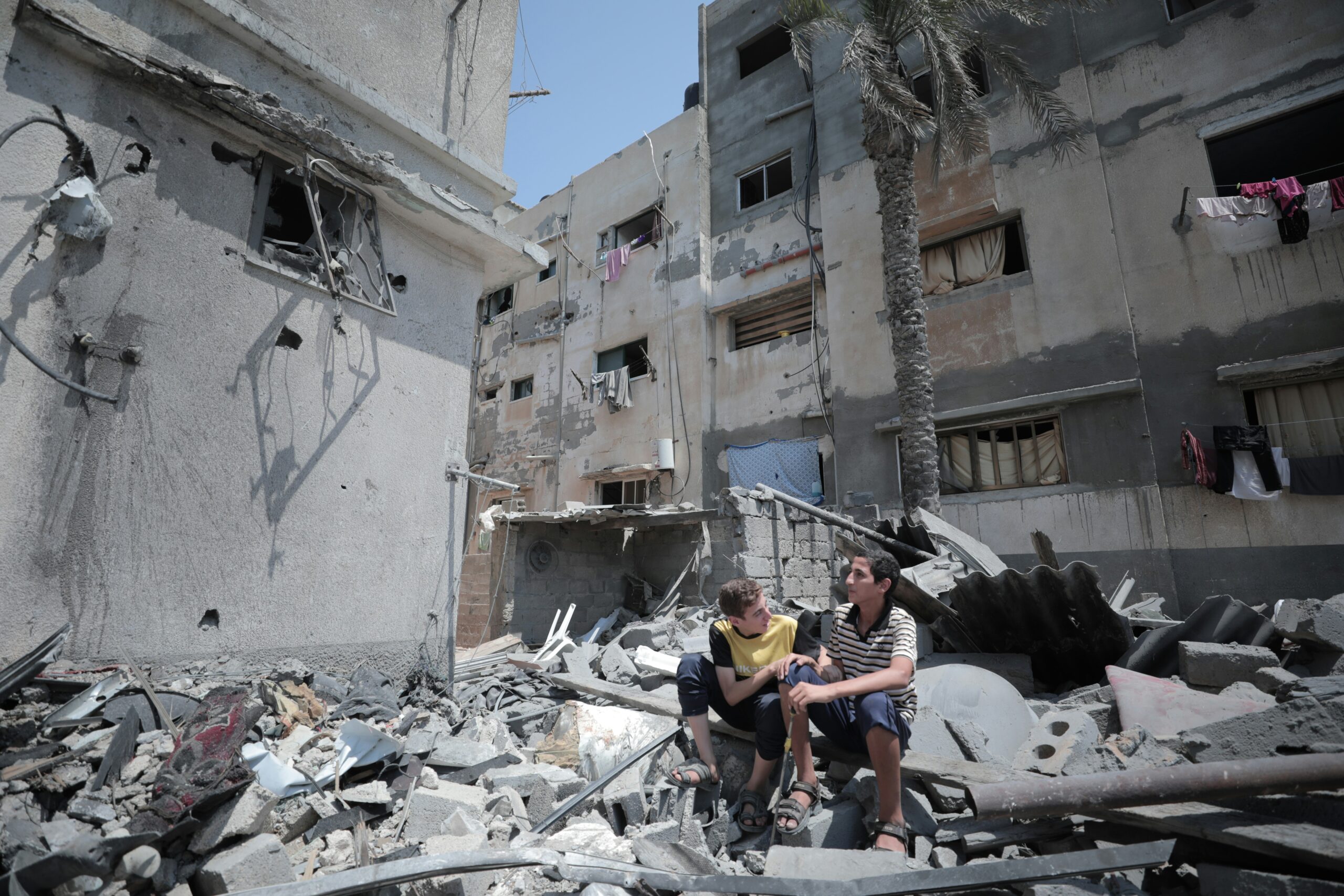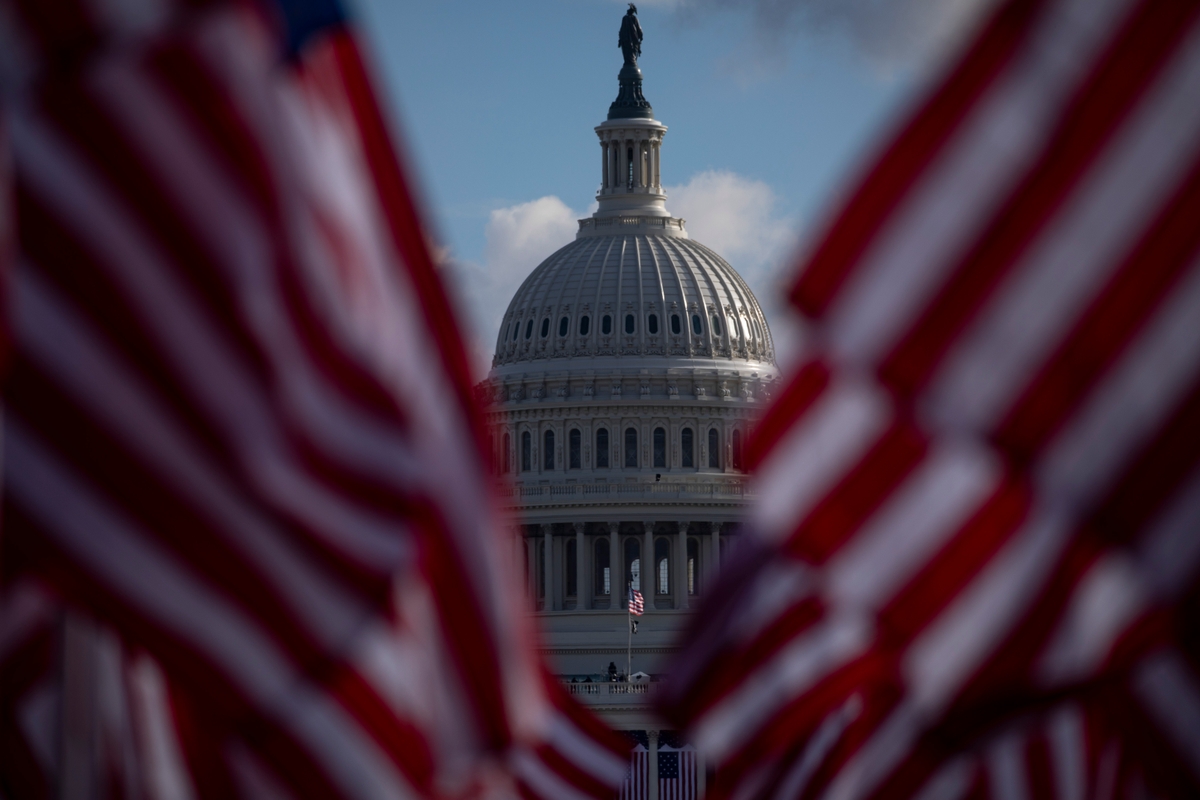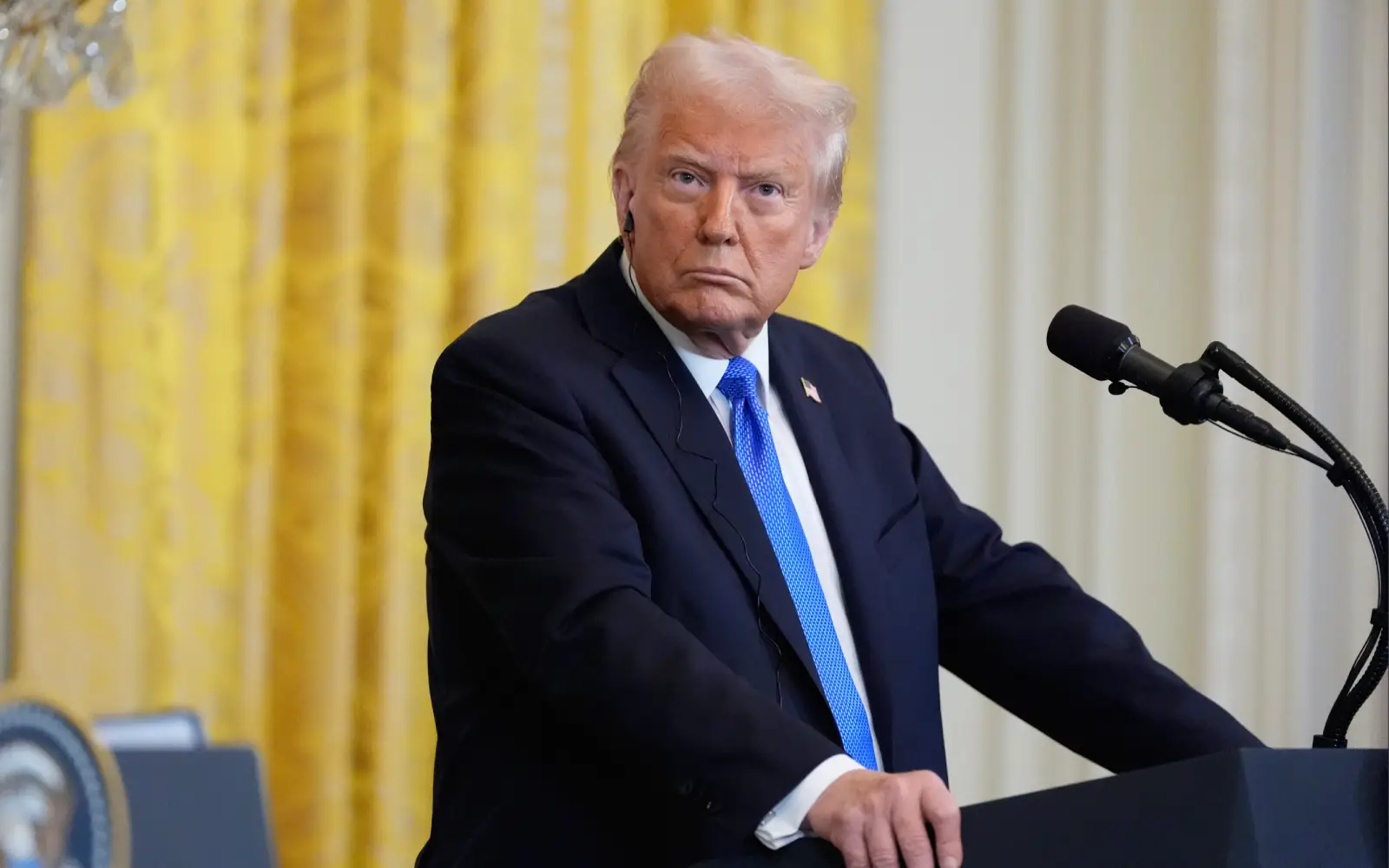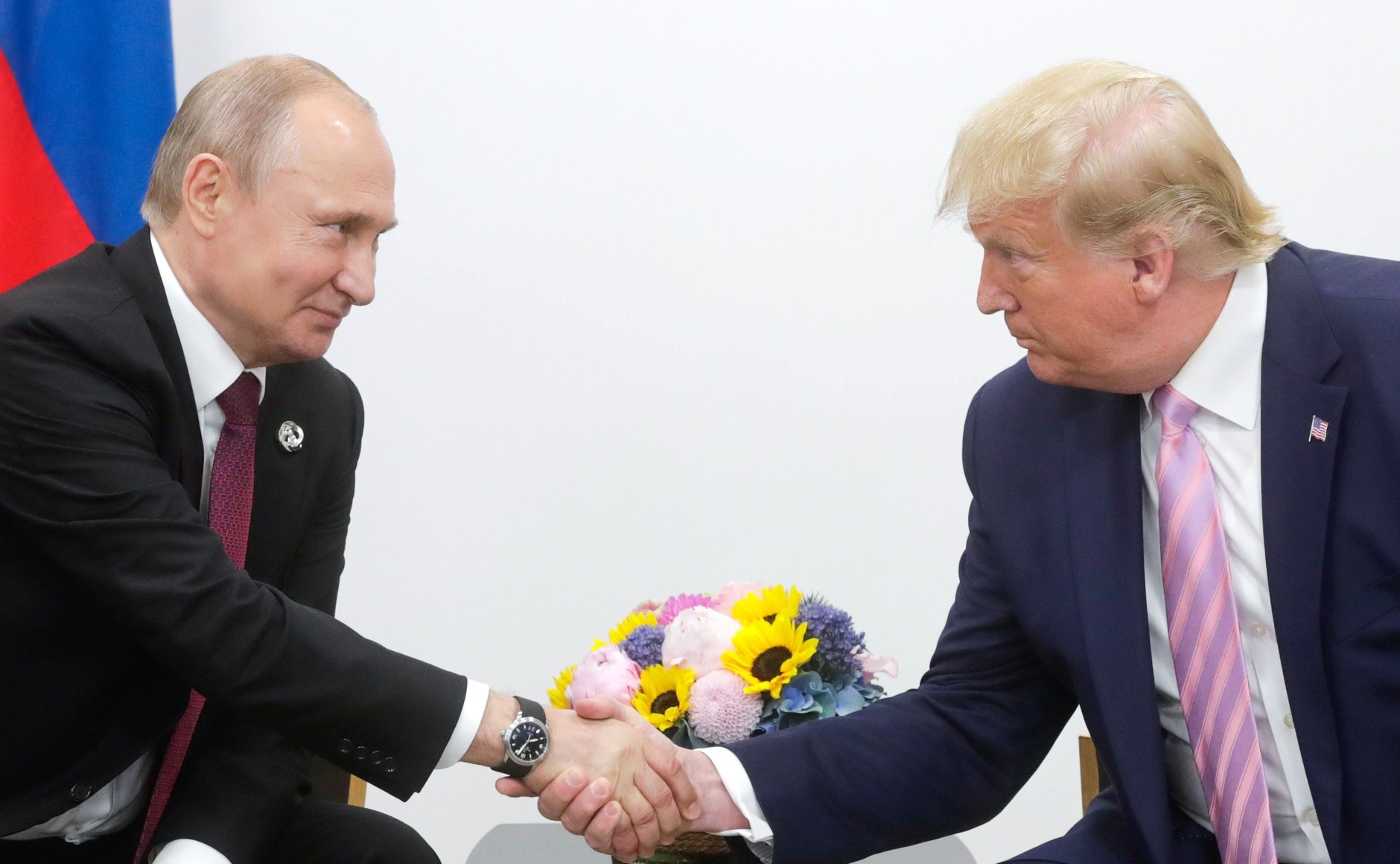Deadly Kashmir ambush, suspended water treaty and closed skies ignite the most dangerous standoff in six years
On a cool spring afternoon along the cedar‑lined highway to this pilgrimage town, three men in coarse woollen jackets stepped from the forest and opened fire on a convoy of tourist buses. By the time the echoes faded across the Lidder River valley, 26 Hindu pilgrims lay dead and 17 more were bleeding on the tarmac. A little‑known jihadist outfit calling itself the Front of Resistance claimed credit on social media
For India the triggermen were only the first link in a familiar chain. Within hours New Delhi declared the gunmen had crossed from Pakistan‐administered territory, setting off a cascade of retaliation that has shattered almost every remaining thread of normality between the nuclear‑armed neighbours. Visas are void, trade is frozen, Pakistan’s skies are closed to Indian aircraft, and, most startling of all, India has “temporarily suspended” the 1960 Indus Waters Treaty (IWT), the World Bank‑brokered pact that keeps Pakistan’s irrigation canals flowing.
Six years after the Balakot airstrikes and dogfight of February 2019, South Asia again feels suddenly brittle. Troops have massed on both sides of the Line of Control (LoC) that slices through the Himalayan foothills. Farmers downstream in Pakistan’s Sindh Province fear their summer cotton crop will wither if New Delhi actually turns the taps. Bond traders dumped Pakistan’s dollar debt, pushing yields to distress levels. And across the diplomatic hotlines of Washington, Beijing and Abu Dhabi, frantic middlemen are hunting for an off‑ramp before miscalculation outruns deterrence.
A massacre on a pilgrim’s road
It was 3:17 p.m. on 22 April when the first burst of AK‑47 fire shredded the left flank of the lead coach. According to Dr Sameer Kaul, chief surgeon at Anantnag District Hospital, most fatalities bled out in minutes because the gunmen kept shooting at anyone who tried to crawl clear. Survivor Ashwini Joshi, 34, recalled diving under a seat with her eight‑year‑old son: “They were calm, choosing targets. I thought they would board the bus and finish us.”
Security sources told the BBC that Indian intelligence had intercepted chatter about a planned attack on “soft targets” in Kashmir but lacked a precise location. The Front of Resistance, previously unknown, posted a 30‑second video from across the LoC claiming the strike was revenge for human‑rights abuses. Indian officials dismissed the group as a façade for Jaish‑e‑Mohammed handlers operating out of Pakistan.
That charge hardened into policy at dawn on 23 April when Home Minister Amit Shah cancelled all Pakistani visas and ordered existing visitors to leave within 48 hours. The Border Security Force padlocked the Wagah crossing near Amritsar by lunchtime. “The world must see that we will no longer separate terrorists from their sponsors,” Shah told Parliament, drawing thunderous applause.
Water as a weapon
If visa cancellations and border closures felt familiar, the announcement that followed 24 hours later stunned diplomats. Speaking in New Delhi’s rain‑washed South Block courtyard, External Affairs Minister Subrahmanyam Jaishankar declared that India would “review river flows in its national interest” and was pausing its “treaty obligations” under the IWT.
The 65‑year‑old treaty guarantees that the three western rivers of the Indus system—Indus, Jhelum and Chenab—flow unimpeded into Pakistan, while India may fully use the eastern Ravi, Beas and Sutlej. Despite wars in 1965 and 1971 and the icy skirmishes of Kargil in 1999, neither side had previously touched the pact. A former Indian water commissioner told The Crustian Daily that engineers have already been ordered to run “feasibility stress tests” on holding back Chenab water at the Baglihar dam in Jammu.
Islamabad reacted with fury. Prime Minister, Shehbaz Sharif, addressed the nation on 24 April, calling the suspension “an act of war” and warning that any diversion of river flow would be treated as casus belli. He closed Pakistan’s airspace to Indian carriers with immediate effect and expelled India’s deputy high commissioner.
“Rivers feed our wheat, cotton and children,” Gilani said. “Tampering with them crosses every red line.”
Military signalling and the risk ladder
Both armies insist they do not seek escalation, yet both are unmistakably preparing for it. Satellite imagery reviewed by The Crustian Daily via the commercial firm Planet shows a 20% increase in tentage and armoured vehicles at India’s 15 Corps headquarters in Srinagar since 23 April. In Pakistan‑controlled Muzaffarabad, fresh revetments appear along artillery batteries that point across the LoC.
Nuclear doctrines add another layer. India pledges No First Use but retains the right to massive retaliation. Pakistan openly reserves the option of battlefield nuclear weapons if its conventional defences collapse. Analysts fear that water insecurity pushes the threshold lower.
Diplomacy on a short fuse
The United Nations Secretary‑General urged “maximum restraint,” while the U.S., U.K. and China condemned the Kashmir attack yet avoided assigning blame. The UAE, which brokered a secret New Delhi‑Islamabad ceasefire in 2021, is again hosting back‑channel talks, according to two Gulf officials who requested anonymity.
China’s position is delicate: it is Pakistan’s closest ally but also the upper‑riparian power on the Indus headwaters in Tibet. Beijing quietly fears that precedent for treaty suspension could one day be aimed at its own dams.
Hard‑line media commentators have praised Narendra Modi’s water gambit as a show of strength; opposition parties warn that farmers in India’s own Punjab could suffer blowback if tit‑for‑tat sabotage disrupts canal headworks.
Human stakes downstream
Nowhere are nerves tighter than the river flats of Pakistan’s Punjab and Sindh, where two‑thirds of the population depends on Indus irrigation. In Khairpur district, farmer Samiullah Baloch watched muddy water slosh under his diesel pump and wondered how long it would last. “We can survive terrorism, even war,” he said. “But no nation can survive thirst.”
Climate change sharpens the dilemma. The Himalayan glaciers feeding the Indus basin have already lost an estimated 7% of their mass since 2000; flows are projected to peak by 2050 and then decline.
A crisis looking for an exit
Experts canvassed by The Crustian Dailu outlined three plausible off‑ramps:
- Joint terror probe: India allows third‑party forensic teams to examine the Pahalgam attack site and digital evidence, easing Pakistani fears of a frame‑up while preserving India’s narrative of moral high ground.
- Partial restoration of IWT mechanisms: Convening the Permanent Indus Commission in a neutral venue under World Bank observation could defuse the water flashpoint without forcing India to rescind its suspension immediately.
- Humanitarian visas: Re‑opening a narrow window for medical travellers and separated families would signal that civilians remain off‑limits, as occurred even during the Kargil war.
None will be easy. Domestic outrage in both countries is at a boil; television anchors compete in nationalist invective. Yet history shows that when India and Pakistan do talk, outside mediation often lights the path.
The week ahead
Analysts at the International Crisis Group rate the chances of an Indian “surgical strike” in the next ten days as medium. Key indicators to watch: unusual NOTAM flight‑restriction notices along the LoC, sudden civilian evacuations from frontier villages, and social‑media images of Indian artillery heading north. Conversely, an announcement of a World Bank‑facilitated water meeting would be a powerful chill signal.
Financial markets will also flash early warnings. Sustained rupee depreciation, beyond the 1.2% slide already seen, plus further widening of Pakistani bond spreads would suggest traders believe diplomacy is failing.
The Kashmir bus massacre has metamorphosed into South Asia’s sharpest security test since 2019, but with a new and perilous twist: the potential weaponisation of water in an era of climate stress. The longer India’s suspension of the Indus Waters Treaty endures, the greater the risk that Islamabad, feeling existentially threatened, reaches for asymmetric or even nuclear levers. And as always, civilian lives on both sides will pay first.
History counsels that India and Pakistan eventually step back from the brink—often at the last minute and usually with quiet foreign nudging. Whether that pattern holds amid the added pressure of a drying river is the question that will haunt the subcontinent in the crucial days ahead.
Author
Discover more from The Crustian Daily
Subscribe to get the latest posts sent to your email.













